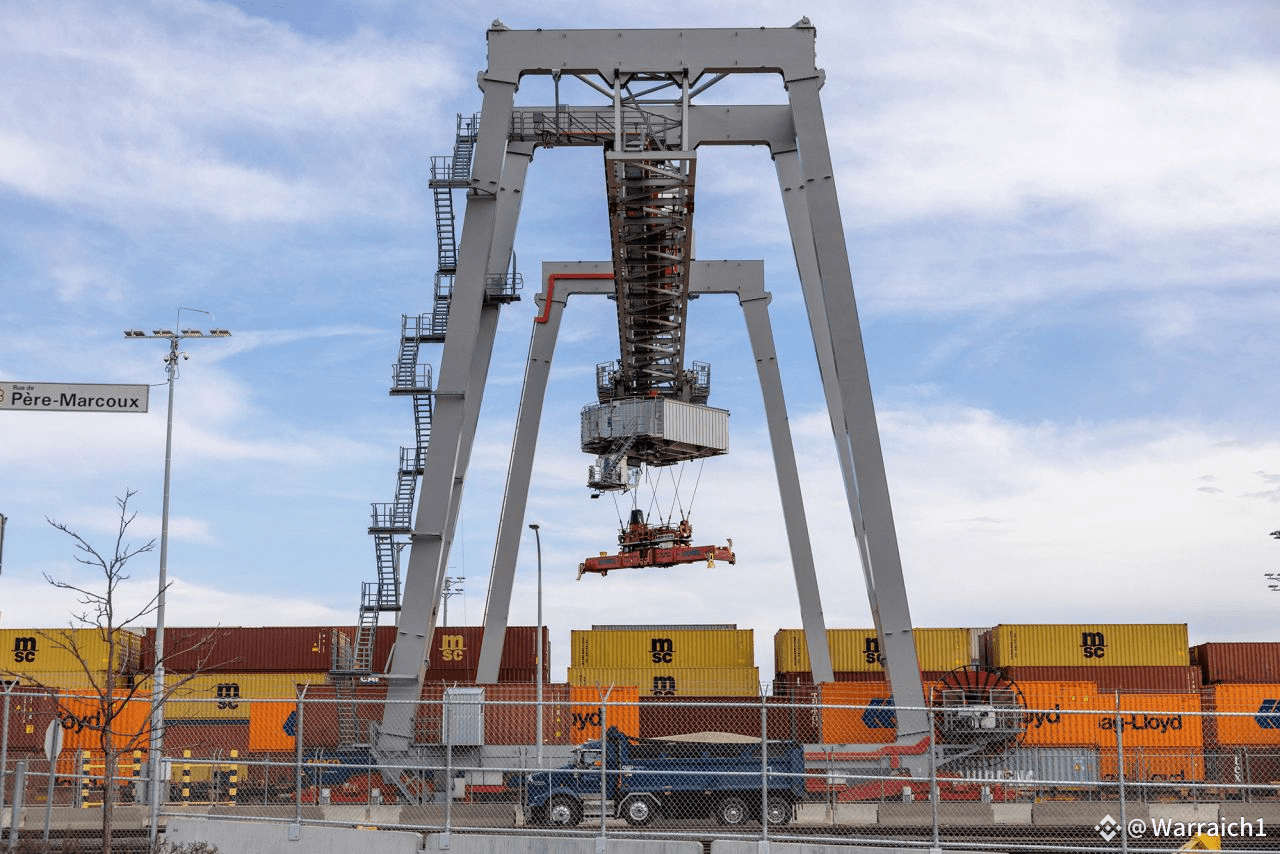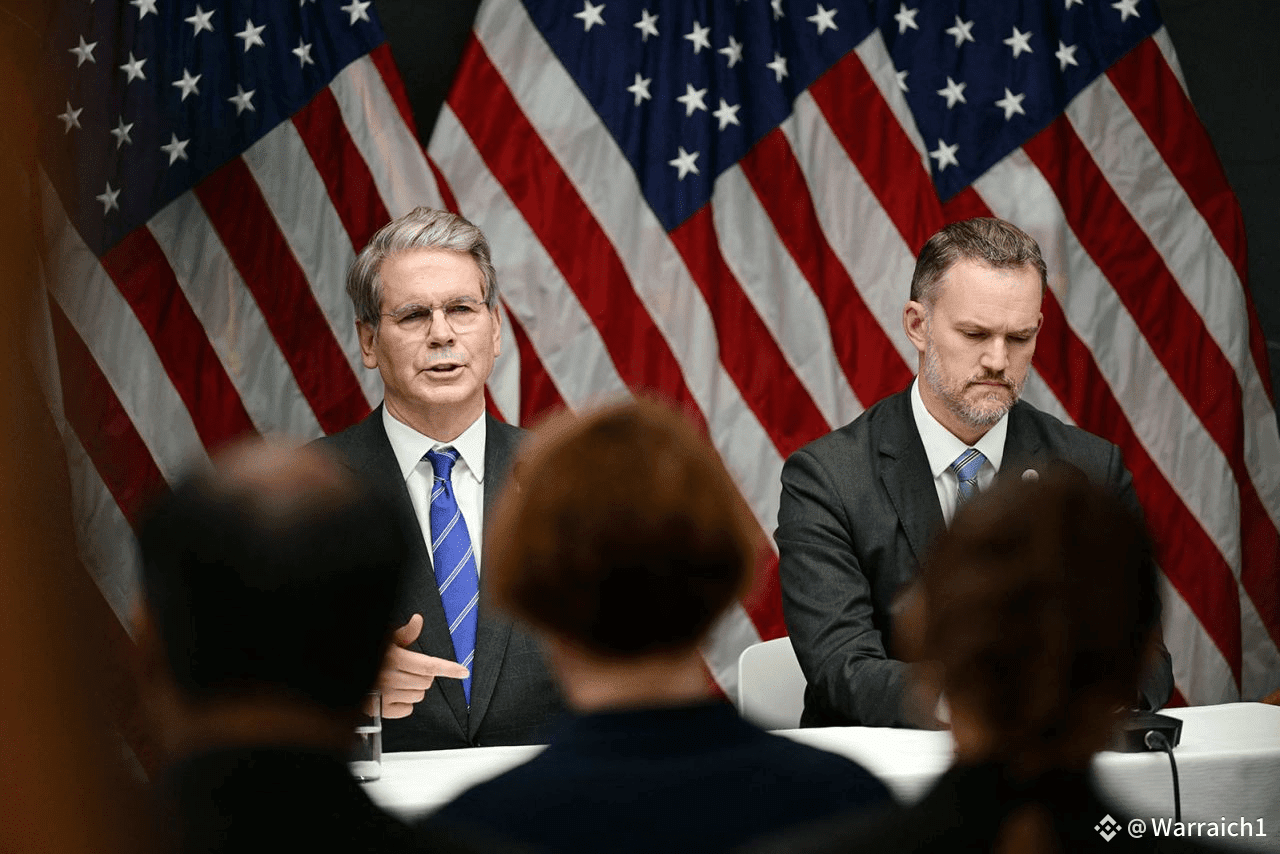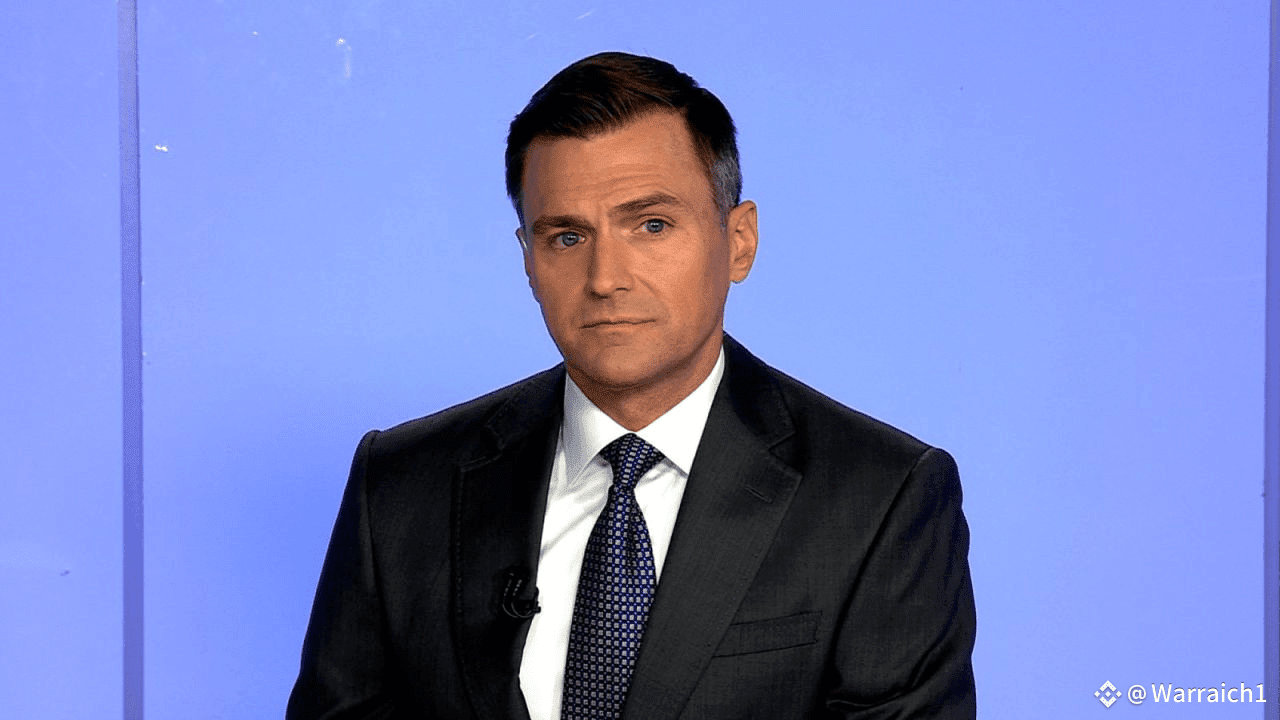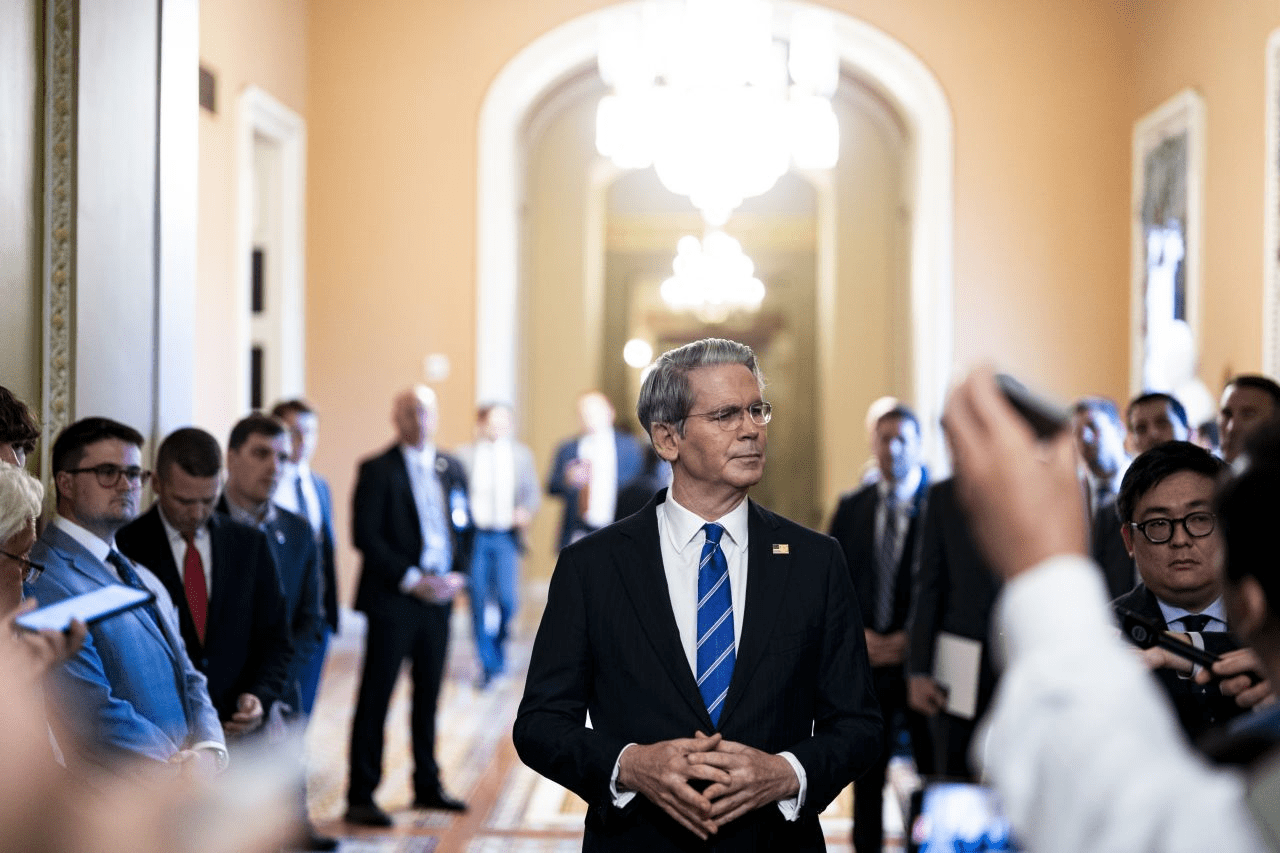Country-specific tariffs are not the only charges businesses face. And more US tariffs are coming
On top of the tariffs on US imports unveiled Thursday, there are also levies targeting various industries that would pose far-reaching consequences for countries that rely on those sectors.
Tariffs on specific industries that have been announced include steel, aluminium, copper, automobiles and car parts.
Tariffs on pharmaceuticals and semiconductors are pending under the 232 investigations that President Donald Trump initiated in April. The probe was launched under section 232 of the Trade Expansion Act of 1962, as part of a bid to impose tariffs on both sectors on national security grounds.
Trump has previously threatened levies as high as 200% on pharmaceuticals and rates of 25% or higher on semiconductors.
US Commerce Secretary Howard Lutnick said Sunday that the result of the investigation on semiconductors would be released in two weeks.
Some countries and economies have negotiated deals that include specific sectors.
The European Union, Japan and South Korea each reached trade deals with the US that brought tariffs on their goods to 15% – a rate that applies to their automobile exports.
For the EU, the new levy also covers pharmaceuticals and semiconductors.
Here are some other sectoral tariffs on US imports:
Steel and aluminium: 50% started June 4
Copper: 50% starting August 1
Automobiles and car parts: 25% started April 3 and May 3.
Carney says Canada is “disappointed” by new US tariffs
Canadian Prime Minister Mark Carney said the government is “disappointed” by the US decision to increase tariffs to 35% on Canadian goods not covered under a pre-existing free trade agreement.
However, the US application of the US-Mexico-Canada free trade agreement “means the US average tariff rate on Canadian goods remains one of its lowest for all of its trading partners,” Carney said Friday.
Under the USMCA treaty, which was negotiated by the first Trump administration and came into effect in 2020, a wide range of goods made in North America are eligible for duty-free treatment.
Canada’s central bank estimates 100% of Canadian energy exports and 95% of all other goods meet the qualifications for being USMCA-compliant.
“Other sectors of our economy – including lumber, steel, aluminium, and automobiles – are, however, heavily impacted by US duties and tariffs,” Carney added.
“For such sectors, the Canadian government will act to protect Canadian jobs, invest in our industrial competitiveness, buy Canadian, and diversify our export markets.”
Carney also criticized Trump’s justification for the increased tariffs, saying, “Canada accounts for only 1% of US fentanyl imports and has been working intensively to further reduce these volumes.”
“Canada will be our own best customer,” Carney said. “We can give ourselves more than any foreign government can ever take away by building with Canadian workers and by using Canadian resources to benefit all Canadians.”
Tariffs have changed for these countries since Trump's April 2 announcement.
On April 2, President Donald Trump declared a US economic emergency and announced tariffs of at least 10% across all countries, with rates even higher for 60 countries or trading blocs that have a high trade deficit with the US. He deemed it “Liberation Day.”
On Thursday, the president announced adjustments to some of those reciprocal tariffs ahead of his midnight deadline.
Here’s what’s different:
Angola: 32% to 15%
Bangladesh: 37% to 20%
Bosnia and Herzegovina: 35% to 30%
Botswana: 37% to 15%
Brunei: 24% to 25%
Cambodia: 49% to 19%
Cameroon: 11% to 15%
Chad: 13% to 15%
Côte d`Ivoire: 21% to 15%
Democratic Republic of the Congo: 11% to 15%
Equatorial Guinea: 13% to 15%
European Union: 20% to 15% (for most goods)
Falkland Islands: 41% to 10%
Fiji: 32% to 15%
Guyana: 38% to 15%
India: 26% to 25%
Indonesia: 32% to 19%
Iraq: 39% to 35%
Israel: 17% to 15%
Japan: 24% to 15%
Jordan: 20% to 15%
Kazakhstan: 27% to 25%
Laos: 48% to 40%
Lesotho: 50% to 15%
Libya: 31% to 30%
Leichtenstein: 37% to 15%
Madagascar: 47% to 15%
Malawi: 17% to 15%
Malaysia: 24% to 19%
Mauritius: 40% to 15%
Moldova: 31% to 25%
Mozambique: 16% to 15%
Myanmar: 44% to 40%
Namibia: 21% to 15%
Nauru: 30% to 15%
Nigeria: 14% to 15%
North Macedonia: 33% to 15%
Pakistan: 29% to 19%
Philippines: 17% to 19%
Serbia: 37% to 35%
South Korea: 30% to 15%
Sri Lanka: 44% to 20%
Switzerland: 31% to 39%
Taiwan: 32% to 20%
Thailand: 36% to 19%
Tunisia: 28% to 25%
Vanuatu: 22% to 15%
Vietnam: 46% to 20%
Zambia: 17% to 15%
Zimbabwe: 18% to 15%
New Zealand calls surprise 15% tariffs unwarranted as Australia celebrates its 10% rate
New Zealand’s trade minister has called the White House’s hiked tariffs unwarranted, after the country’s exports to the US were subjected to a 15% base rate Thursday.
The rate is higher than the 10% levy on neighbor Australia.
“We don’t think this is a good thing, we don’t think it’s warranted and it’s not good for trade,” Trade Minister Tom McClay told public broadcaster Radio New Zealand on Friday.
Thursday’s announcement marks an increase from the 10% levy on New Zealand that the White House announced in April.
“It appears it has been done based upon countries that have a trade deficit with the US, who sell them more than they buy,” McClay said. “In New Zealand’s case, that’s about half a billion US dollars and in the scheme of the size of the US economy, it’s really not significant or meaningful.”
McClay said Wellington is engaging directly with Washington and is currently not considering any reciprocal tariffs.
Australia’s trade minister, meanwhile, hailed Canberra’s 10% tariff rate – the minimum rate announced by the White House – as a “vindication” for Prime Minister Anthony Albanese’s government and the “cool and calm way” it conducted diplomacy with the US.
“What this decision means in conjunction with all of the other changes to other countries is that Australian products are now more competitive into the American market,” Trade Minister Don Farrell said Friday.
But Canberra will continue to push for zero tariffs, he said.
Parts of Southeast Asia face some of the highest tariff rates
Many Southeast Asian countries were hit with some of the highest tariff rates when US President Donald Trump announced his “reciprocal” tariffs on April 2.
The new levies announced on Thursday continue to impose steep rates on several nations in the region.
Among the highest levies were 40% on exports from Laos and Myanmar to the US. Although they were a reduction from previous steep rates, the new levies were the second-highest announced, behind only 41% on Syria.
The rates on Cambodia, Vietnam, Indonesia, Malaysia and Thailand have all been lowered substantially to 19 or 20%.
Trade agreements had been previously announced with Vietnam and Indonesia, as well as with Cambodia and Thailand (following their ceasefire).
Cambodian Prime Minister Hun Manet said the 19% tariff on the country’s exports to the US, down from the original 49%, was good news for the people and economy of Cambodia.
Cambodia’s deputy prime minister and top trade negotiator, Sun Chanthol, told Reuters the lower tariffs have helped avert the collapse of the country’s vital garment industry.
Notable exceptions to the tariff reductions were Brunei and the Philippines, which saw levies on their goods increase slightly. In a deal reached this month, Trump said the Philippines agreed to a 19% tariff.
Here’s an overview of the tariffs imposed on Southeast Asian countries:
Cambodia: 49% to 19%
Laos: 48% to 40%
Vietnam: 46% to 20%
Myanmar: 44% to 40%
Indonesia: 32% to 19%
Brunei: 24% to 25%
Malaysia: 24% to 19%
Philippines: 17% to 19%
Thailand: 36% to 19%
Singapore: 10%
East Timor: 10%
Trump’s hiked tariffs on Canada will only affect a small number of goods, experts say

The White House’s newly announced 35% blanket tariffs on Canadian imports will affect a small amount of US-Canada trade, experts say.
“Most trade between Canada and the United States that’s primarily made in those countries remains tariff free,” said Drew Fagan, professor at the University of Toronto’s Munk School of Global Affairs.
That’s because unlike most other countries, Canada has a pre-existing trade treaty with the US, which also includes Mexico, called the US-Mexico-Canada Agreement (USMCA). The agreement was negotiated by the first Trump administration and went into effect in 2020.
Under the USMCA treaty, a wide range of goods are eligible for duty free treatment, provided they meet the rules of origin — criteria used to determine how much of the product is made in North America.
Goldy Hyder, president and CEO of the Business Council of Canada, said he’s “less fussed” about Thursday’s trade hike, because it “exempts the vast majority of (Canada’s) economy.”
Canada’s central bank estimates 100% of Canadian energy exports and 95% of all other goods meet the qualifications for being USMCA-compliant. However, in the past, some Canadian exporters have not bothered to get USMCA certified because they already enjoyed low tariff rates, applicable to all World Trade Organization members.
Trump’s tariffs will now force small or medium businesses that may not have previously undergone the hassle to get the required documentation, Hyder said.
Beyond the 35% blanket tariffs, the bigger issue for Canada is Trump’s sector-specific tariffs of 50% on steel and aluminium imports, and 25% on some auto parts, which are not exempted by USMCA, Hyder added.
Fagan said Thursday’s tariff announcement is only the “opening round” for Canada-US trade relations.
The “heavyweight fight” will come next year, when USMCA is due to be renegotiated, he said.
Pakistan emerges with lowest tariff rate of any South Asian country.
Pakistan has emerged with the lowest tariff rate of any South Asian country after the White House announced the new levies Thursday.
The announcement by the United States to slash Pakistan’s tariff rate from 29% to 19% was already being celebrated widely, with the country’s prime minister releasing a statement on X conveying his “profound thanks to President (Donald) Trump.”
Islamabad on Thursday rolled back a 5% tax on foreign digital services that had been introduced a month earlier, a decision seen locally as a goodwill gesture toward the US.
There is also satisfaction locally that Pakistan’s tariff rate is much lower than neighbor and archrival India’s. Fears in Islamabad that India was trying to isolate Pakistan financially have been somewhat tempered by the 25% tariff rate that the Trump administration hit New Delhi with.
“This deal marks the beginning of a new era of economic collaboration especially in energy, mines and minerals, IT, cryptocurrency and other sectors,” the Pakistani Finance Ministry said in a statement Thursday night.
The US is the biggest market for textiles from Pakistan, which is in direct competition with India, Bangladesh and Vietnam, all of which have been slapped with higher tariffs. The announcement is expected to be a boost for the country’s textile sector, which is responsible for close to 60% of the country’s total exports.
Pakistan has moved closer to the US under the Trump administration, with the country even nominating the president for the Nobel Peace Prize in June.
Analysis: Clarity on trade between the world’s two largest economies is still elusive

As nations around the world grapple with higher tariffs, the fate of China’s economic future with the US remains uncertain, leaving one of the world’s most important trade relationships in limbo.
Despite a two-day meeting with Chinese and American negotiators this week in Stockholm, the two economic giants have yet to agree on a deal to prevent tariffs from soaring to significantly elevated levels.
While diplomats from both nations have portrayed the discussions in a positive light, US Treasury Secretary Scott Bessent stressed that any decision to extend a pause on tariffs will come from President Donald Trump.
Why their trade conversations are tricky: Unlike Canada, the European Union, Japan and South Korea — all longtime American allies — the Sino-US relationship is adversarial.
The issues clogging the conversations extend far beyond financial arrangements. Both nations hold resources and technology viewed as crucial to their respective security and stability.
This includes China’s vast reservoirs of rare earth minerals, substances American firms need to build everything from electronic device, lighting and electric vehicles.
China’s manufacturing strength is also leaving a palpable impact on American consumers through higher costs and reduced merchandise, thanks to US tariffs already in place.
American companies, including tech giant Nvidia, hold chip technology that’s crucial in powering AI-related platforms.
Beyond economics, there’s also ego: Chinese leader is balancing a fragile domestic economy, yet can’t risk any appearance of caving in to Trump and American demands.
And Trump is notoriously mercurial – just look at how he threatened Canada yesterday as soon as Ottawa announced plans to recognize a Palestinian state.
Still, both leaders seem keen on a face-to-face meeting.
How they tackle their deep divides on trade will reshape the global economic system.
Asia markets mostly decline on fresh US tariff shock
Stock markets across the Asia Pacific region were mostly in the red on Friday morning local time after US President Donald Trump unveiled historic new tariffs across the globe.
Japan’s benchmark Nikkei 225 slid 0.6% in the early hours of trading, and South Korea’s KOSPI plunged 3.2%. Taiwan’s TAIEX was down 0.4%, while Australia’s S&P/ASX 200 declined 0.7%. Hong Kong’s Hang Seng Index was up marginally at 0.2%.
Here’s what you should know about Trump’s new tariffs
President Donald Trump just set new tariffs for countries across the globe, solidifying his extreme break with America’s long-standing trade policy.
The new tariff regime will not go into effect Friday, as expected. Instead, the tariffs will be implemented on August 7 to give Customs and Border Protection sufficient time to make the necessary changes to collect the new duties.
Here’s what you should know:
The breakdown:
The “universal” tariff for goods coming into the US will remain at 10%, the same level that was implemented on April 2. But that 10% rate will apply only to countries with which the US has a trade surplus – countries to which the US exports more than it imports. That applies to most countries, a senior administration official said.
A 15% rate will serve as the new tariff floor for countries with which the US has a trade deficit. About 40 countries will pay that new 15% tariff. That tariff will be lower for many of those nations than the April 2 “reciprocal” tariffs, but it will be higher for a handful.
More than a dozen countries have tariff rates that are higher than 15%, either because they agreed to a trade framework with the US or because Trump sent their leaders a letter dictating a higher tariff. The official said those countries have among the highest trade deficits with the US.
Transshipment penalties:
The new trade policy also establishes a 40% additional penalty on so-called transshipments. Those are goods that are shipped from a high-tariff country to a low-tariff country and then re-shipped to the US.
The US already imposes penalties and fines for goods that Customs and Border Protection agents deem to be transshipped. The 40% will come on top of that, a senior administration official said.
Increase on Canada:
Trump signed an executive order increasing the tariff rate on Canadian goods that aren’t exempt from the USMCA free-trade agreement from 25% to 35%. The higher tariff rate will go into effect tomorrow.
A senior Trump administration official described conversations with Canada surrounding fentanyl and tariffs on products in their country as less constructive than with Mexico, which received a 90-day pause on higher tariffs.
Ontario Premier Doug Ford said the higher tariff rate is “concerning,” especially with other tariffs still in place. And the president and CEO of Canada’s Chamber of Commerce called the statement released by the White House tonight “more fact-less tariff turbulence.”
Oregon attorney general says legal battle over Trump's use of tariffs is an important moment for America

Oregon Attorney General Dan Rayfield told CNN’s Jim Sciutto that President Donald Trump is abusing emergency powers to impose tariffs without oversight, calling the legal battle a very important moment for America.
Rayfield appeared in a federal appeals court today as lead plaintiff in a high-stakes lawsuit challenging Trump’s use of the International Emergency Economic Powers Act (IEEPA) — a 1977 law intended for national crises.
“It’s an interesting moment when the federal government looks those judges square in the eye and says ‘you don’t have a role here. You cannot cabin the authority of the president under this area and says we can set tariffs at absolutely any level, and you can’t do anything about it,’” Rayfield said.
Rayfield also cited the economic pressure the tariffs place on American consumers.
“About 70% (of tariffs), give or take, are paid by the American people, so they can talk about deals all the time, but I’ve never talked about taxes and I’m a politician. … I don’t talk about taxes on American people as deals for all of us, we’re the ones paying these things,” Rayfield said.
When asked what precedent it sets for a president to bypass Congress to rewrite trade policy, Rayfield warned it would be “incredibly damaging” to the economy and the American people.
“If the courts let that stand, which would be incredibly damaging to — and is being damaging to — our economy and to our people, what’s going to end up happening is Congress going to have to consider, ‘have we gone too far?’” Rayfield said.
What happened to the China deal?

Treasury Secretary Scott Bessent on Thursday told CNBC that he was set to brief President Trump today on discussions that took place with Chinese trade negotiators earlier this week. Bessent said the only thing left to work out was whether or not Trump was willing to extend the pause on historically high trades beyond the August 12 deadline.
But no such announcement came Thursday. What gives?
It may not be a sign of any concerns with the deal, an administration official said: The lack of an announcement was only because of the White House’s furious sprint over the past couple of days to hammer out last-minute trade agreements and policy decisions.
More agreements could come in the near future, the official said.
One of those could be India. The administration continues to express its frustration with the progress of its negotiations with India, particular with its lack of willingness to open up certain markets to US exports. But the official expressed optimism that a deal could get done soon.
